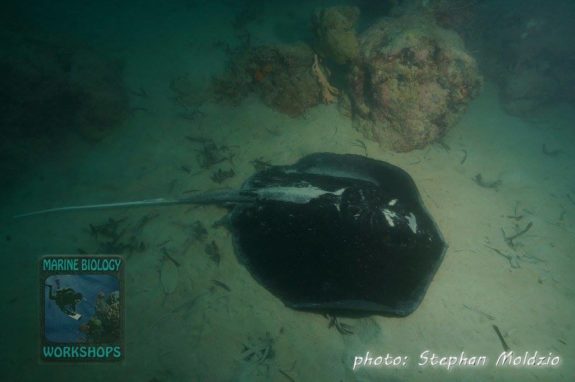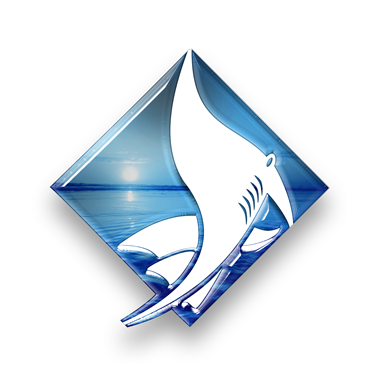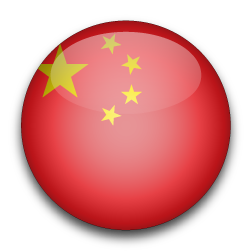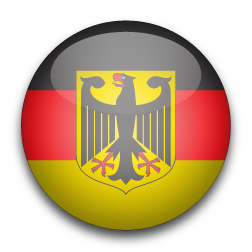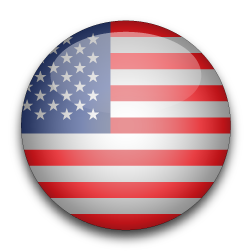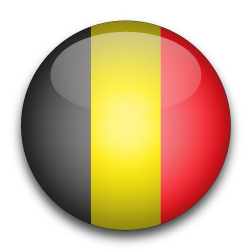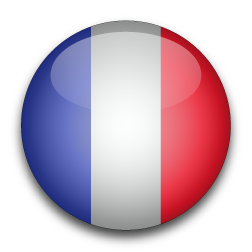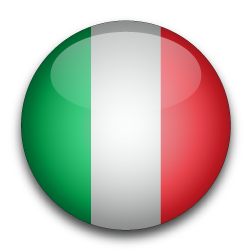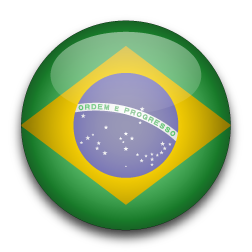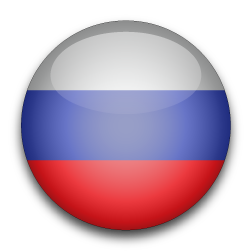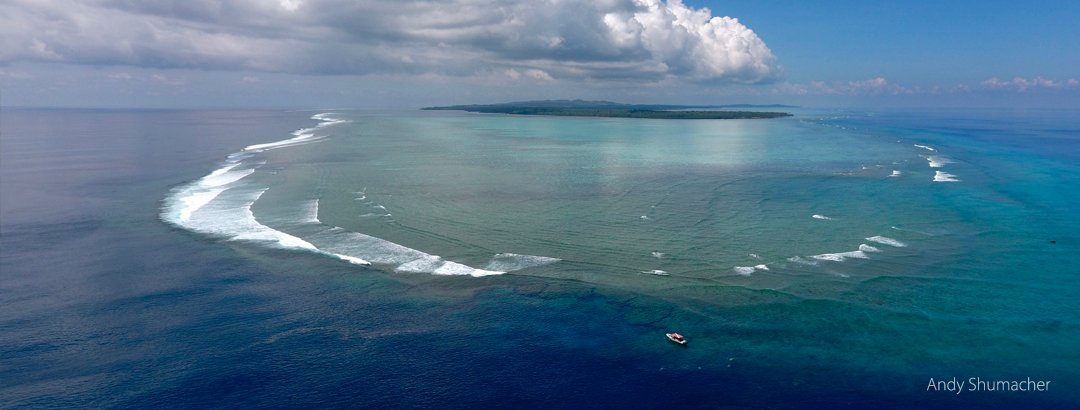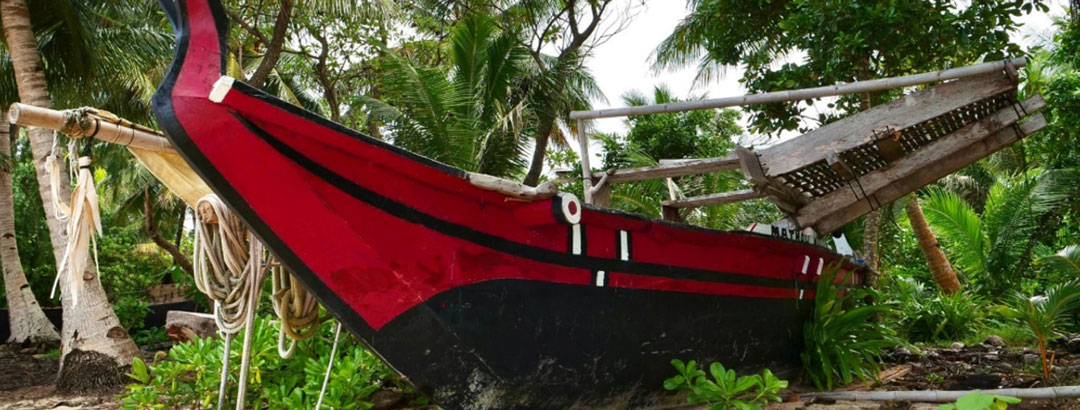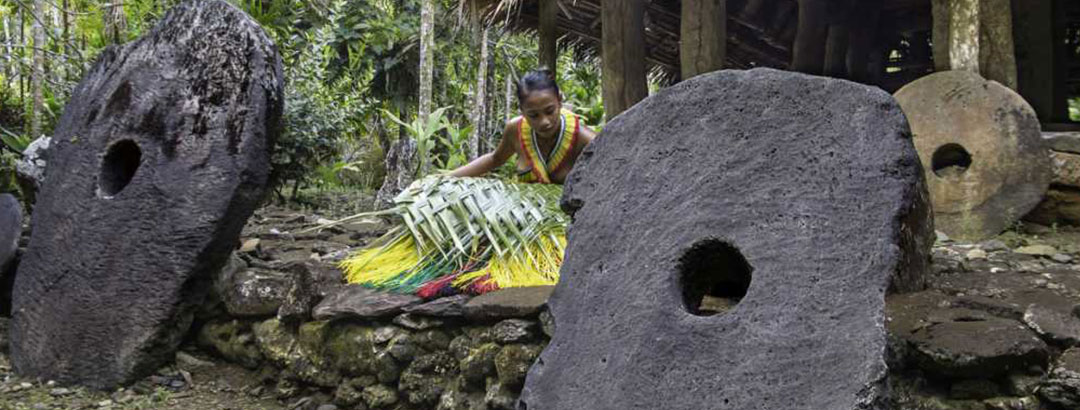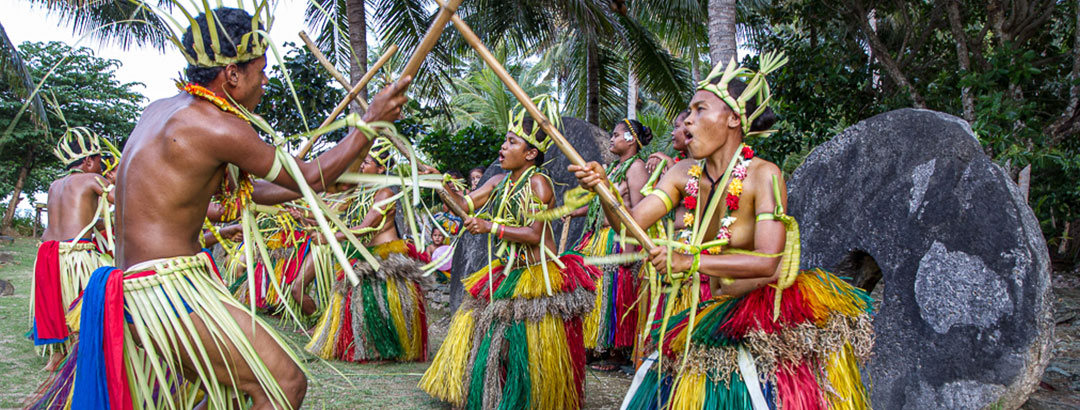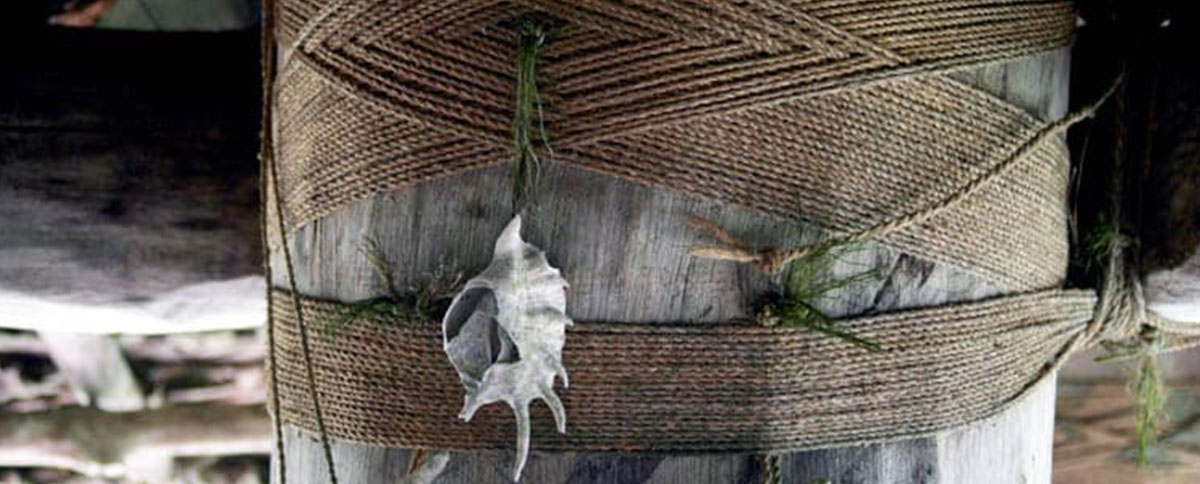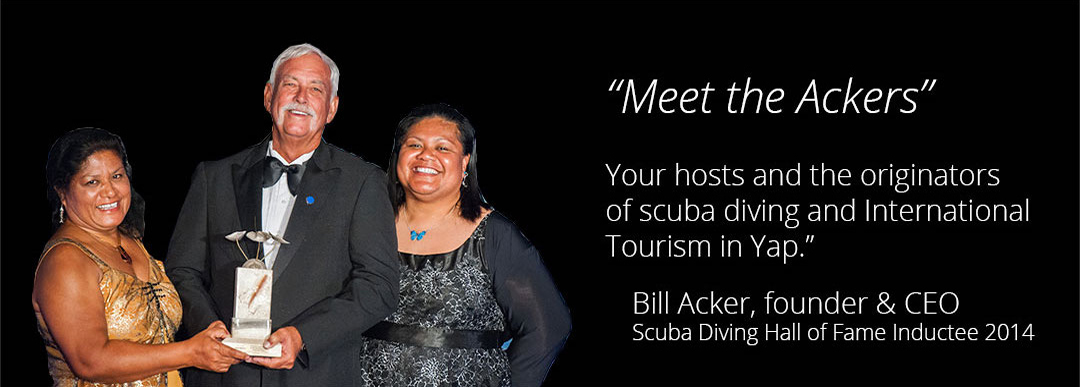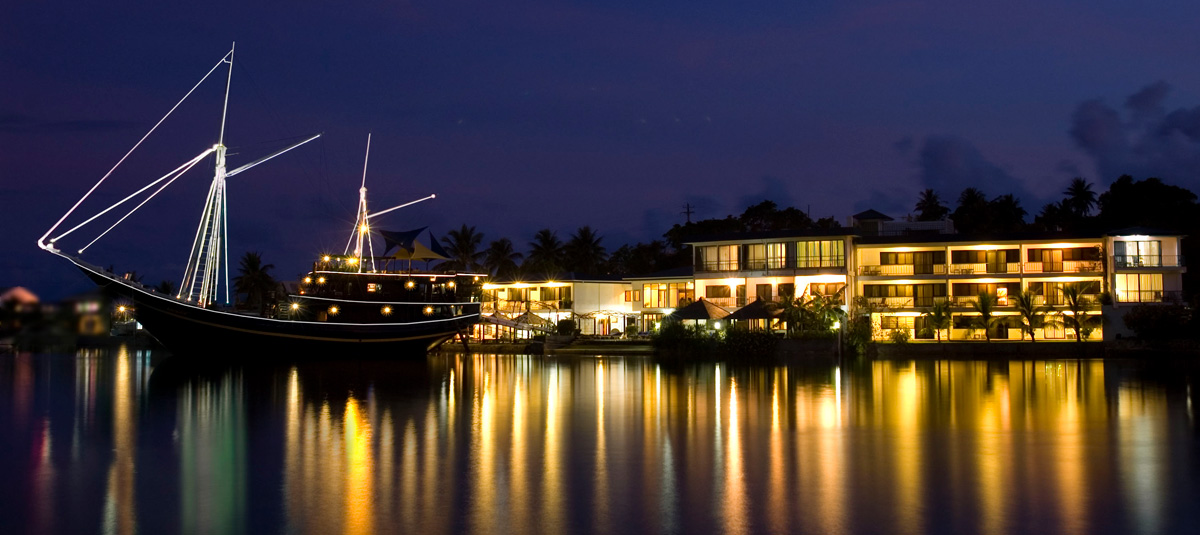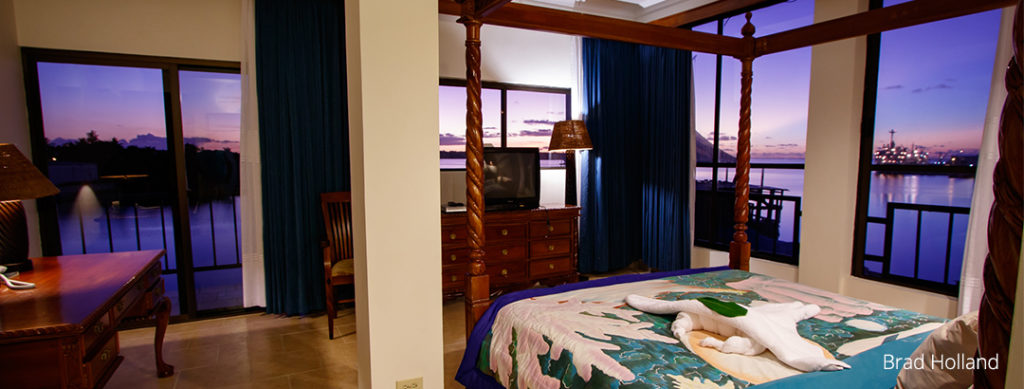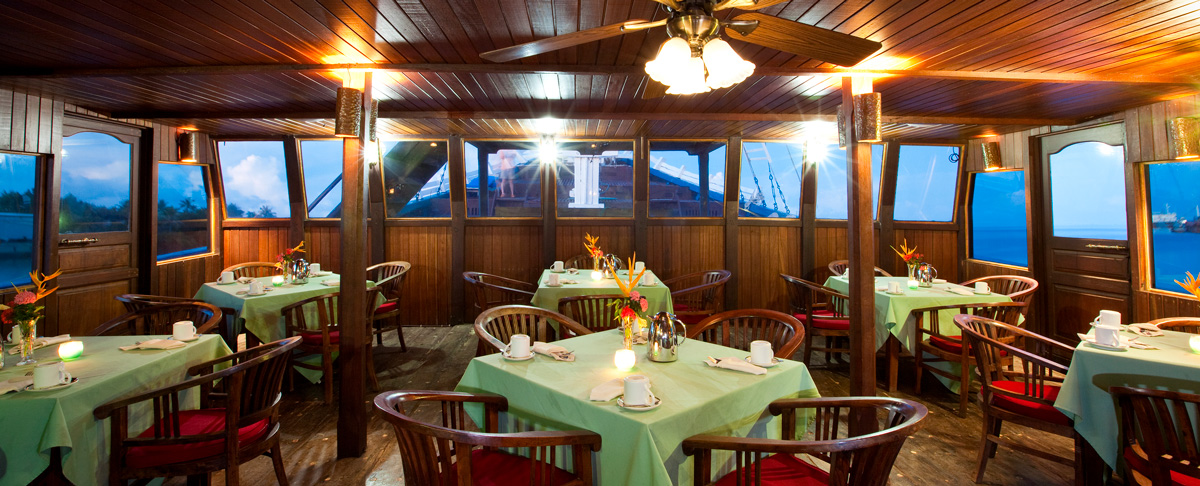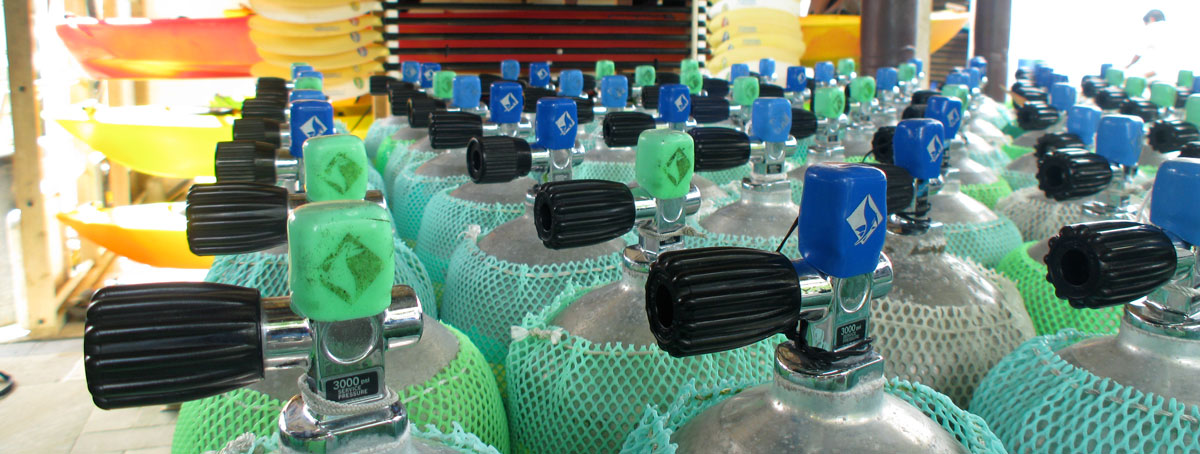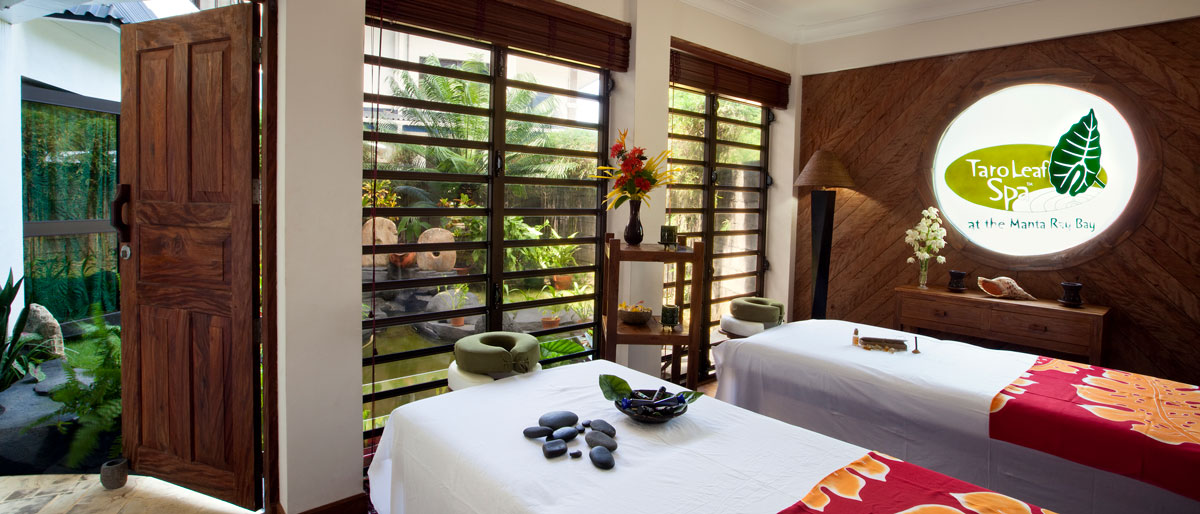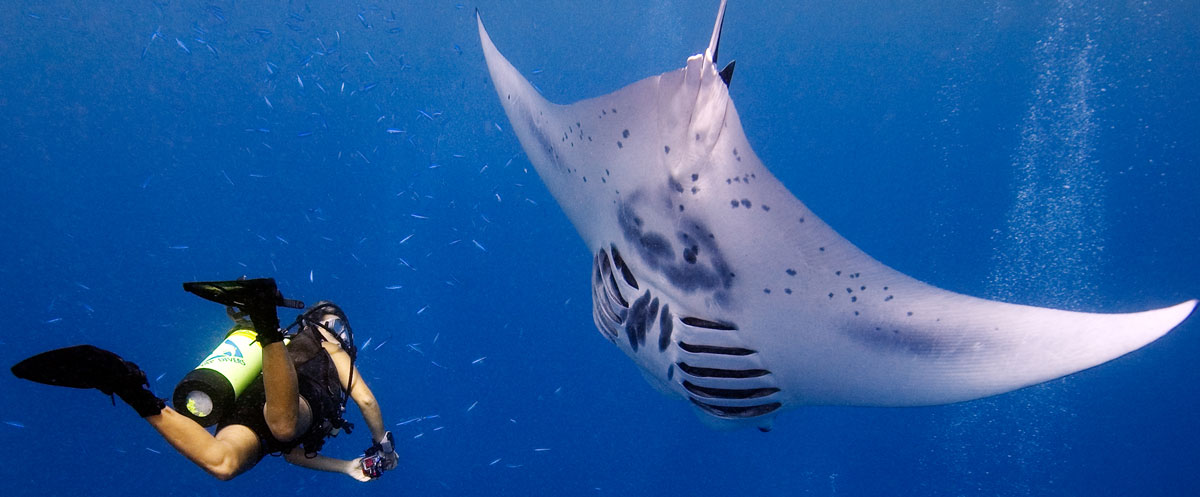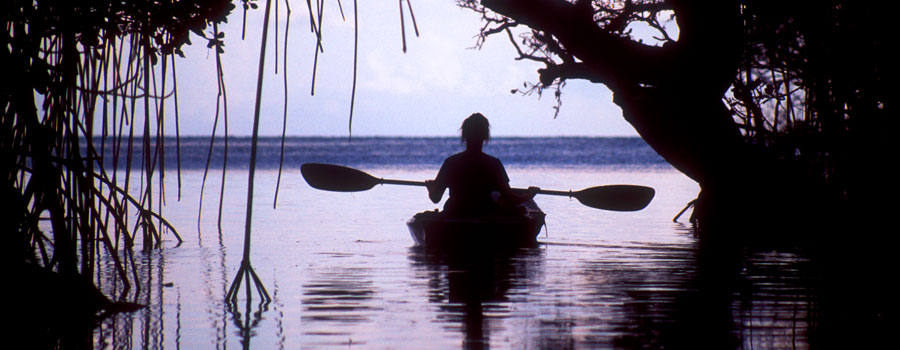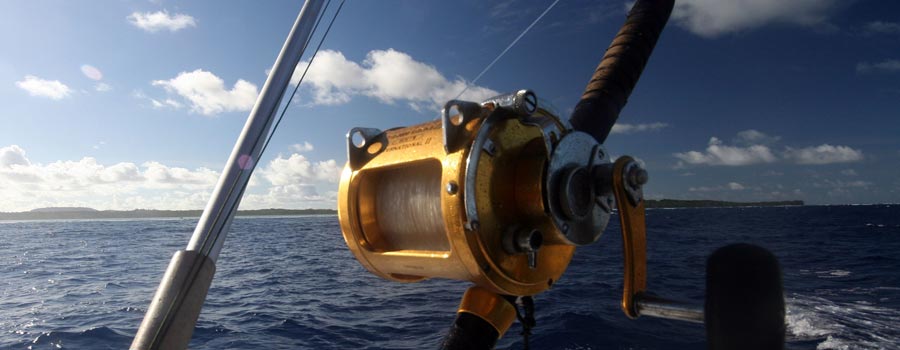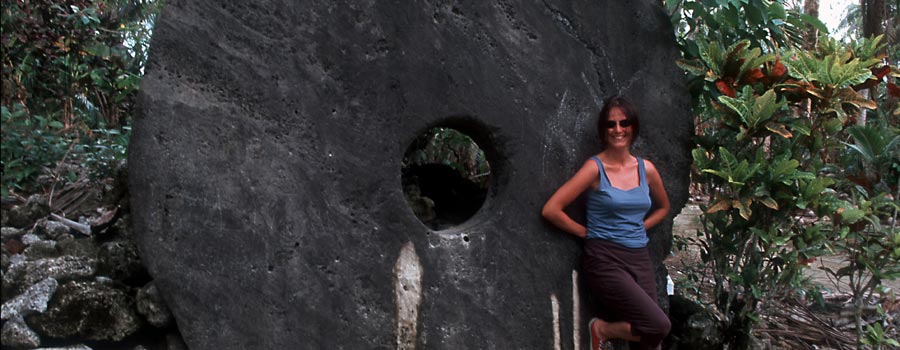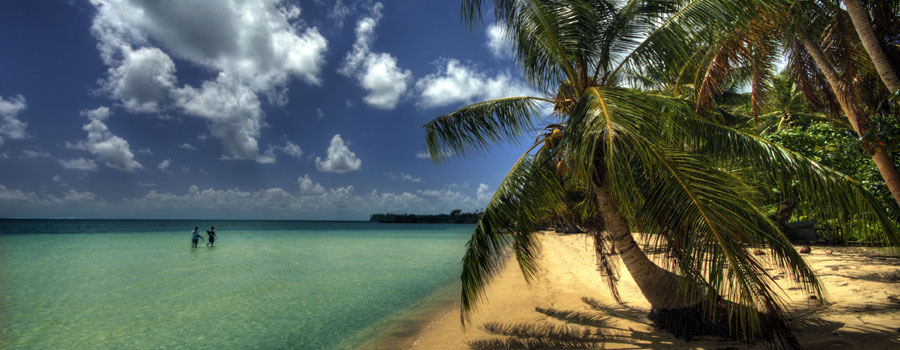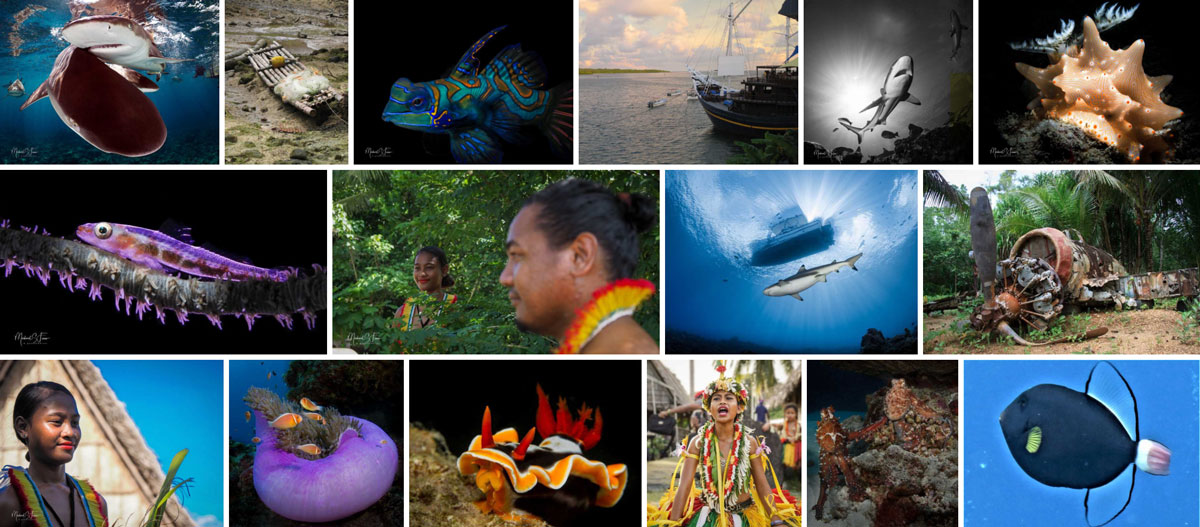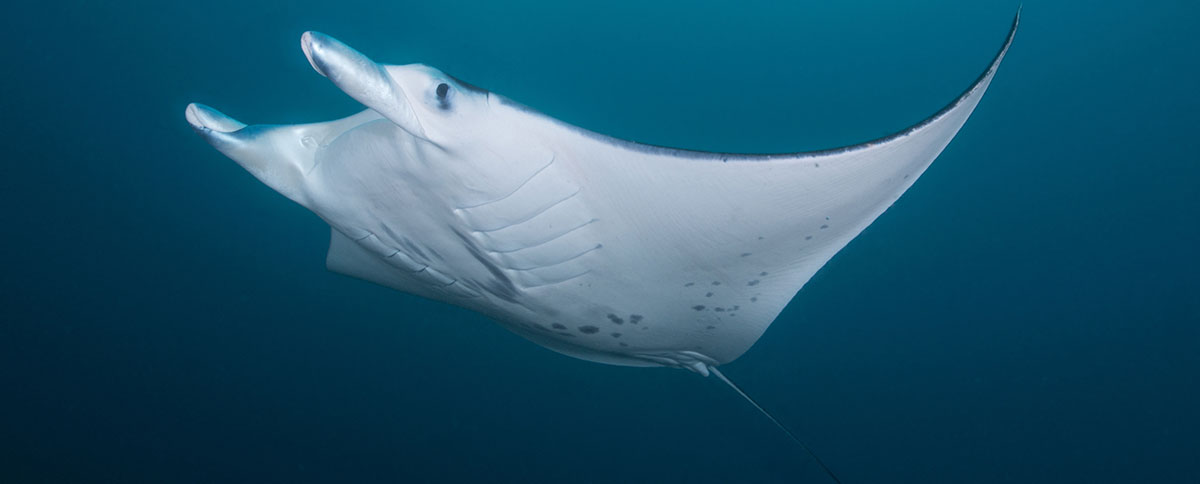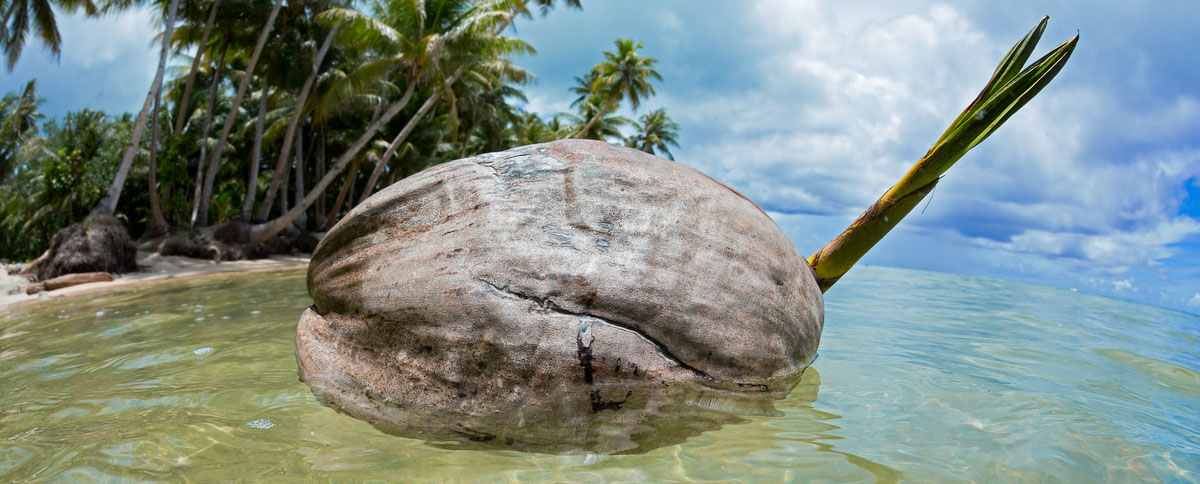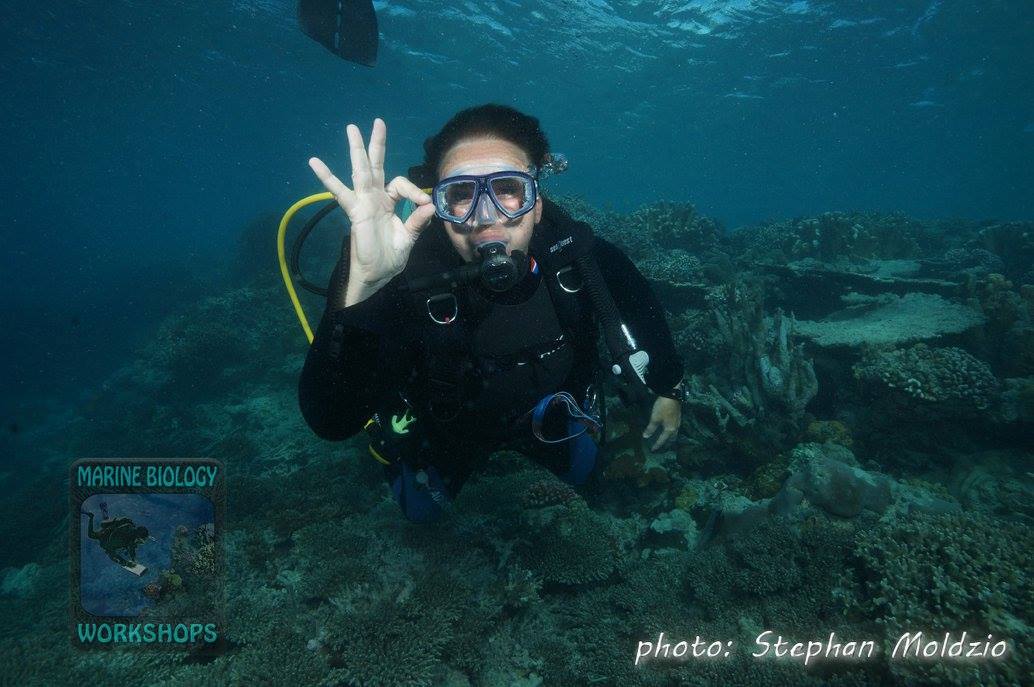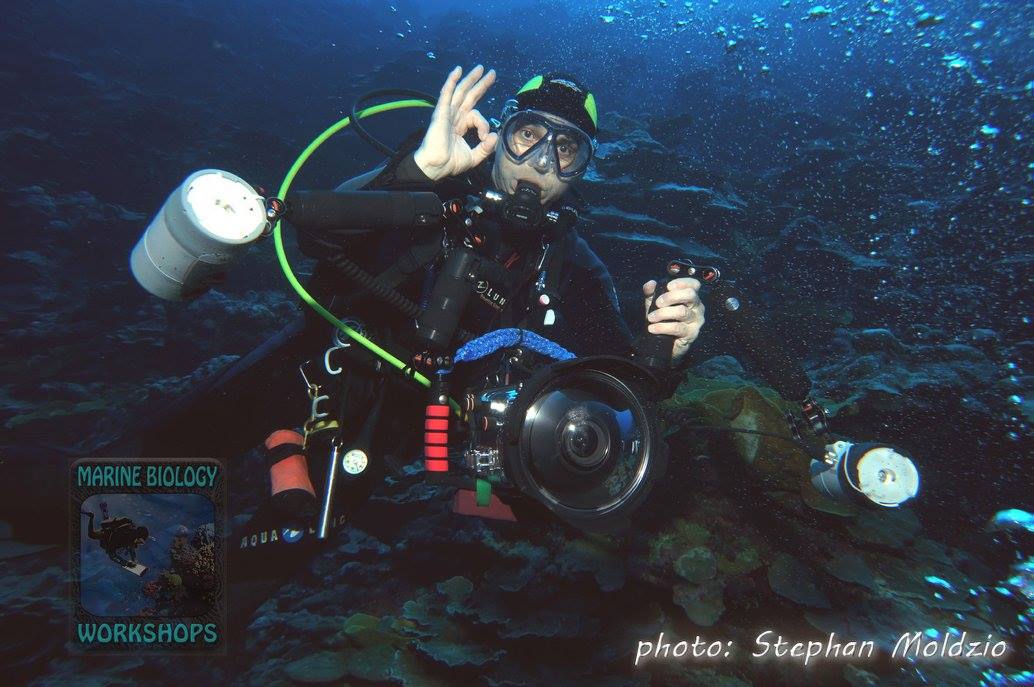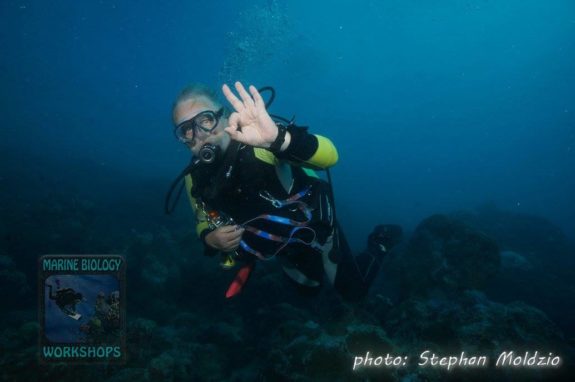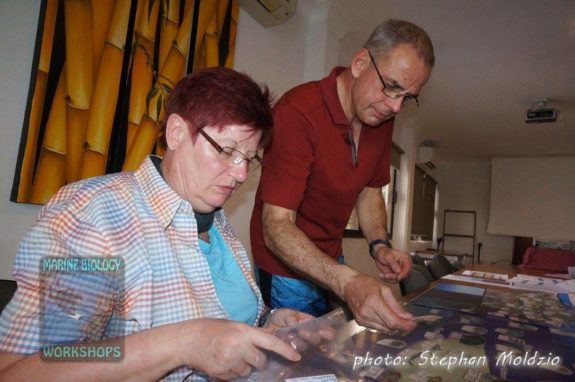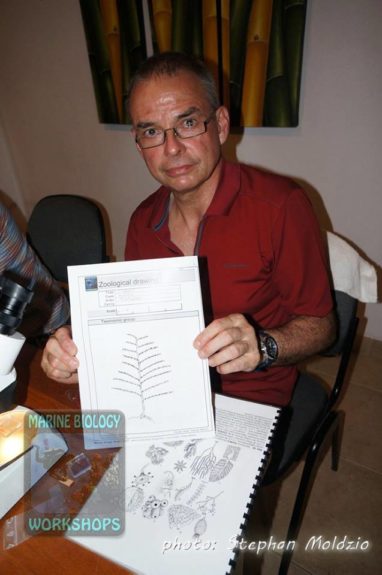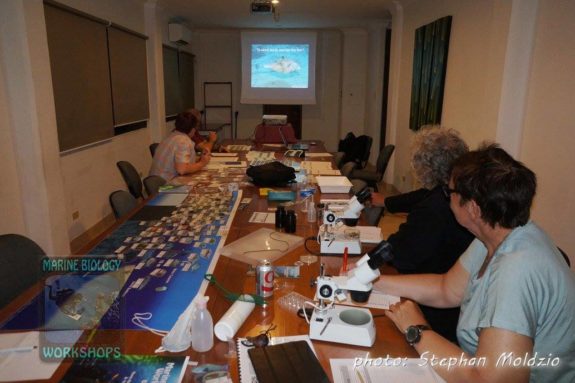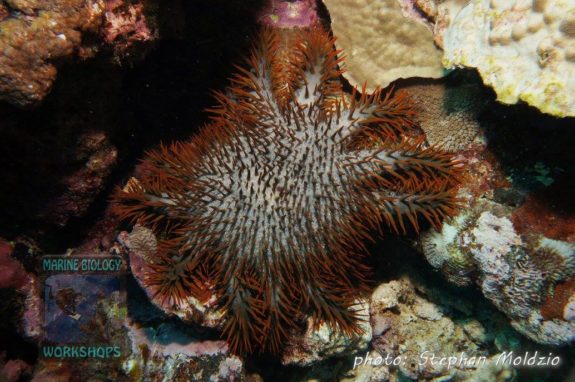Marine Biology Weeks Trip Report
Great first MARINE BIOLOGY WEEK at Manta Ray Bay Resort & Yap Divers!
During the 3-day Marine Biology Workshop “basic” we started with fishes, how to identify the families, their characteristics and ecological role. We also used a species list from The FishBase Project including 1070 fish species of Micronesia. Next day´s topic was coral reef ecology, the importance of coral reefs as centers of biodiversity, the overwhelming variety of different lifeforms and their manifold interrelations, as well as the today´s human threats to the reefs by climate change, overfishing, pollution and more.
Coral reefs play a fundamental role for humanity, not only in view of food production, coastal protection, livelihoods, but also as unique and fascinating habitats that have to be preserved.
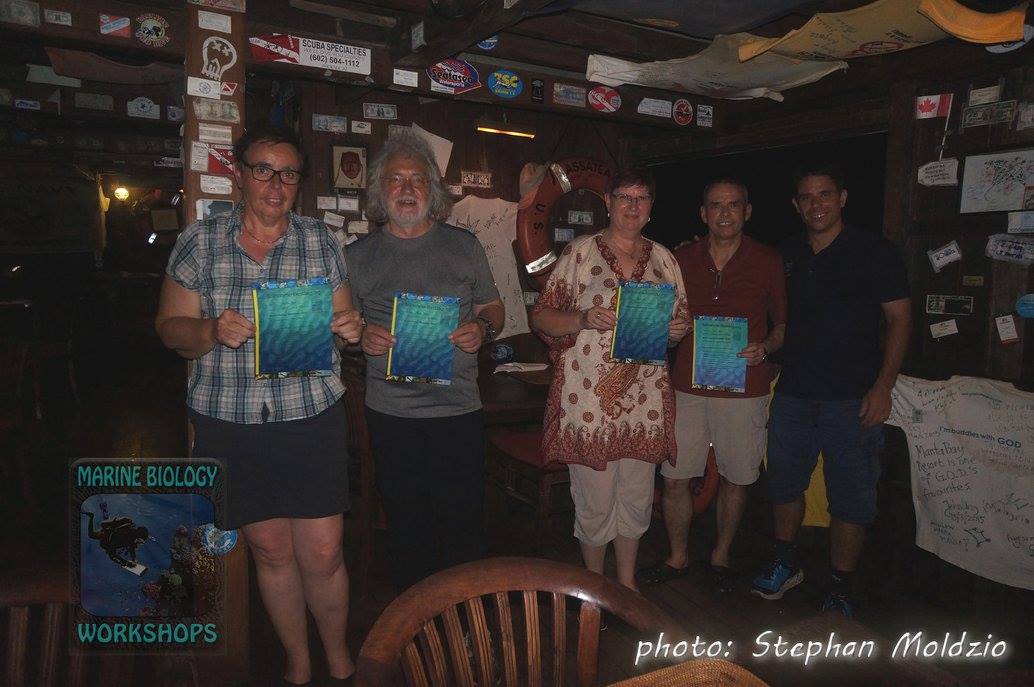
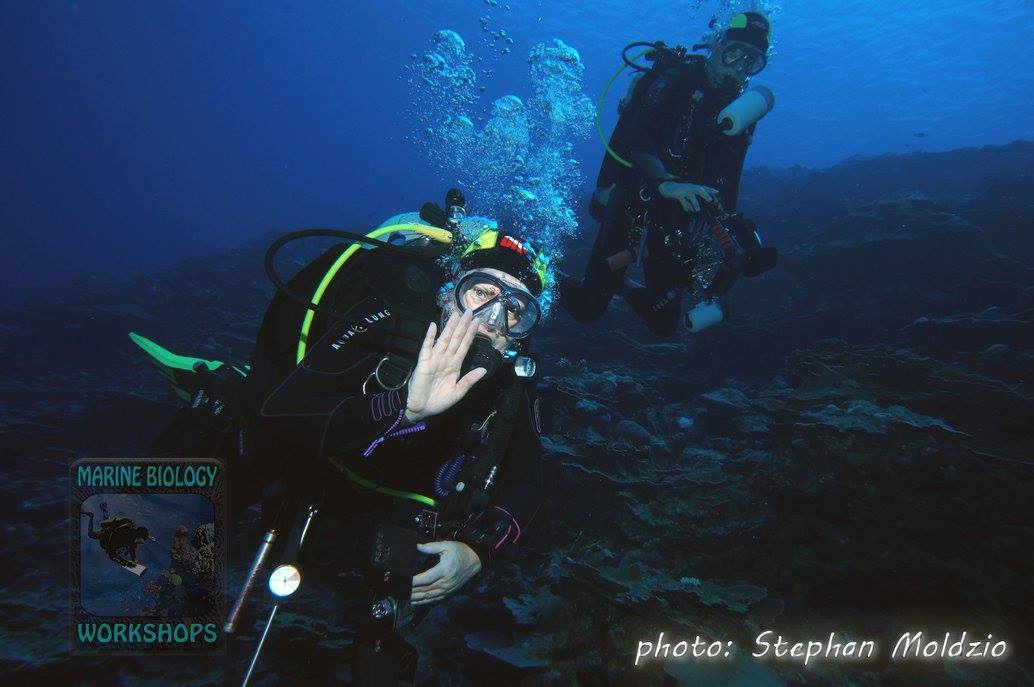
During our dives we collected samples of sand, reef rock and plankton and investigated them under stereomicroskopes. Wow! – even the sand represents a fascinating microcosm, with stunning organisms whose habitat is firstly determined by currents, sedimentation and therefore the grain size of sand – and of course food supply. Here comes the mangroves and sea grass beds which provide a constant supply of organic matter… Thus, we also made a kayak tour deep inside the mangroves – including snorkeling, of course! The mangroves are an unique ecosystem with multiple important functions and there is a very interesting transition to the adjacent habitats, e.g. seagrass beds, the sandy bottom of the lagoons and the coral reef. We found the shy Archer fish and various other fish, corals, invertebrates and algae living within the mangroves and sea grass beds.
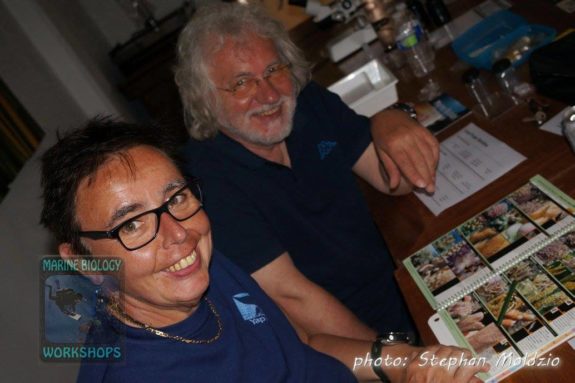
After those investigations of the “small stuff” (we should actually reconsider it as “basic stuff”…) we went to the dive site “Vertigo”. Fortunately, nobody experienced `vertigo´, but for the whole dive we had roughly 25 sharks around us. Mainly Blacktip – and Grey Reef Sharks, but occasionally a Whitetip Reef Shark passed along the deeper reef slope. In between, Two-spot Red Snappers and nearby, two Napoleon Wrasses, groupers, jacks and other “big stuff”.
Well, the Mantas appeared to be sufficiently cleaned, thus there was no need to visit the cleaning station at Goofnuw channel… or they were at Mil´ channel while we were hanging around Goofnuw…
In the evenings we had two presentations about “Coral Reef Ecology” and “Corals – the architects of the reefs”, as well as two nightdives. Here, we observed all those invertebrates which are hiding during the day from their predators which were sleeping, then, until dawn… The coral polyps were fully expanded and actively feeding on zooplankton that was swirling in the water column (actually those small creatures tried to invade our ears…)
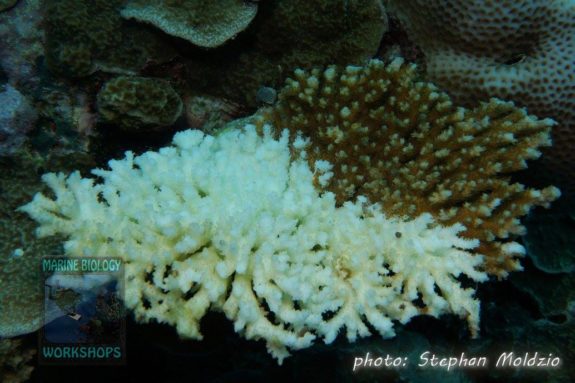
One of these dives was a fluorescence nightdive with blue light lamps and yellow mask filters – all corals were glowing predominantly in green, but also in blue, red and even violet!
While the 2-day Coral ID workshop, we intensively dealt with corals and the method of coral ID down to genus level along the #Indopacific Coral Finder authored by Russell Kelley / BYOGUIDES , founder of the Coral Identification Capacity Building Program (CICBP). We took a closer look at their biology, on the process of reef building as well as impacts e.g. coral bleaching, sedimentation, overfertilization, various feeding scars … After being empowered to distinguish the different corals under water, the eye was ready to notice their specific occurrence in the different zones of the reefs, from the deep slopes of the outer reef, over the reef flat straight into the lagoons, while some tough species made it as far as to the mangroves…
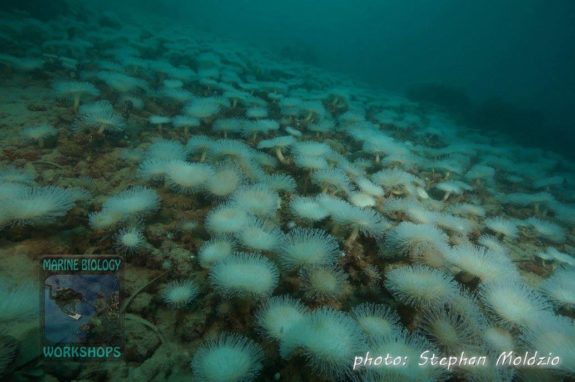
Finally, on the last day we gave a small presentation about the outcome of our course to all guests on the restaurant ship “Mnuw”. We beamed some pictures from the workshop on the whiteboard and our Reef Illustration with the fish species we had observed during these 5 days was displayed in the hotel foyer.
A big THANK YOU to all very active and motivated participants (you we´re really great!!), to the top guides from @YapDivers and the excellent support, infrastructure and logistics of the MRBR staff!
